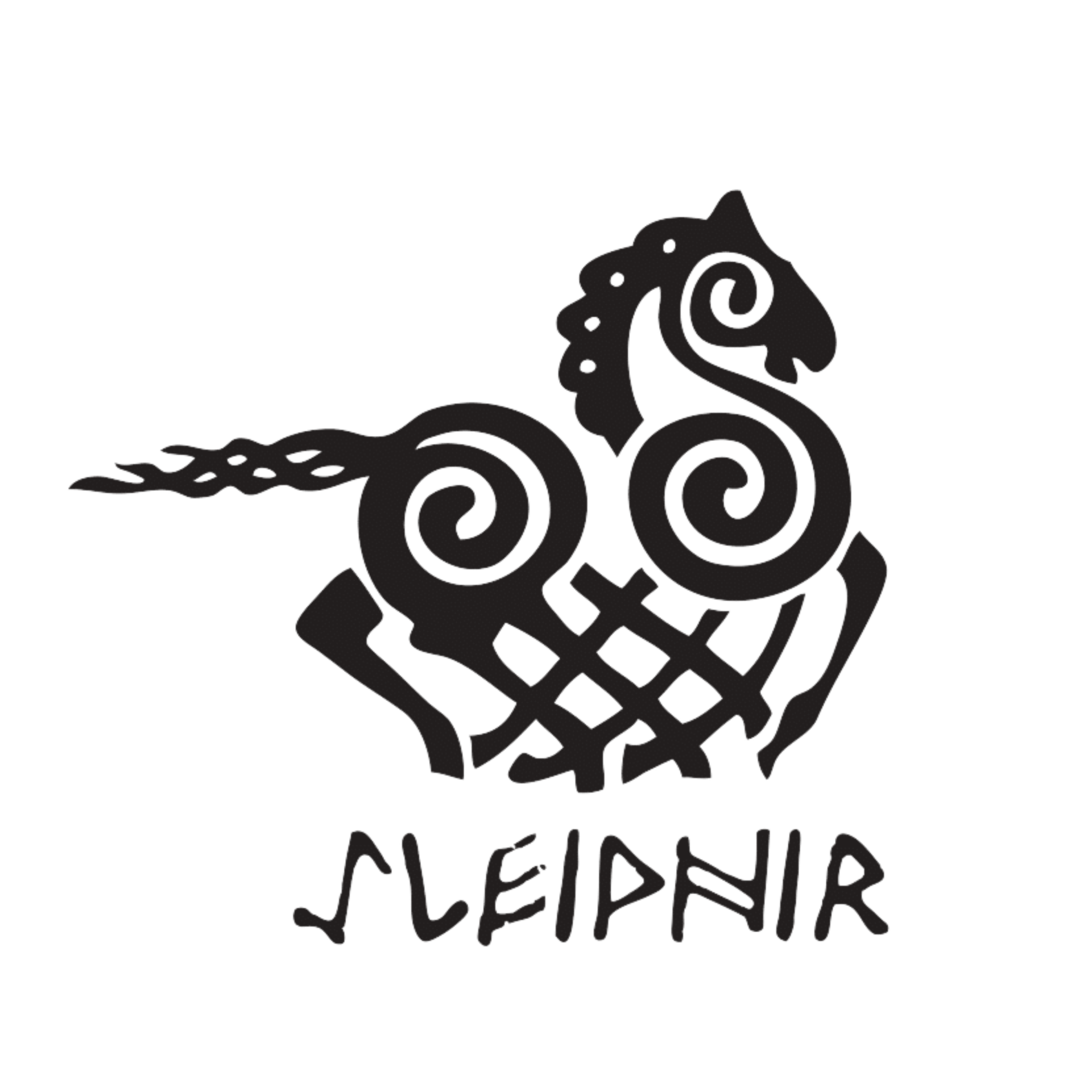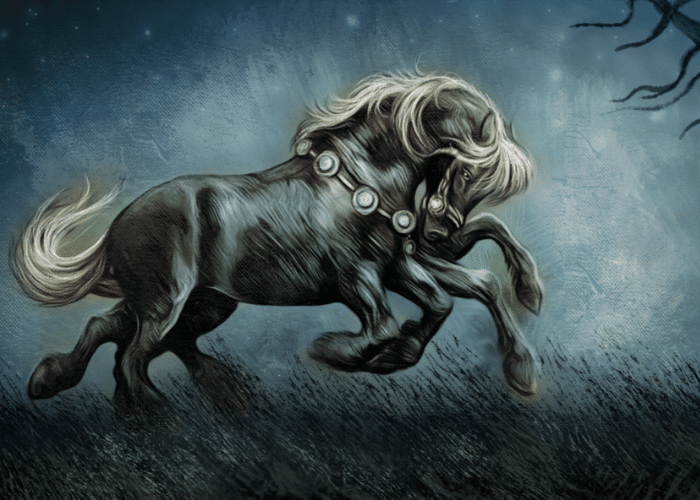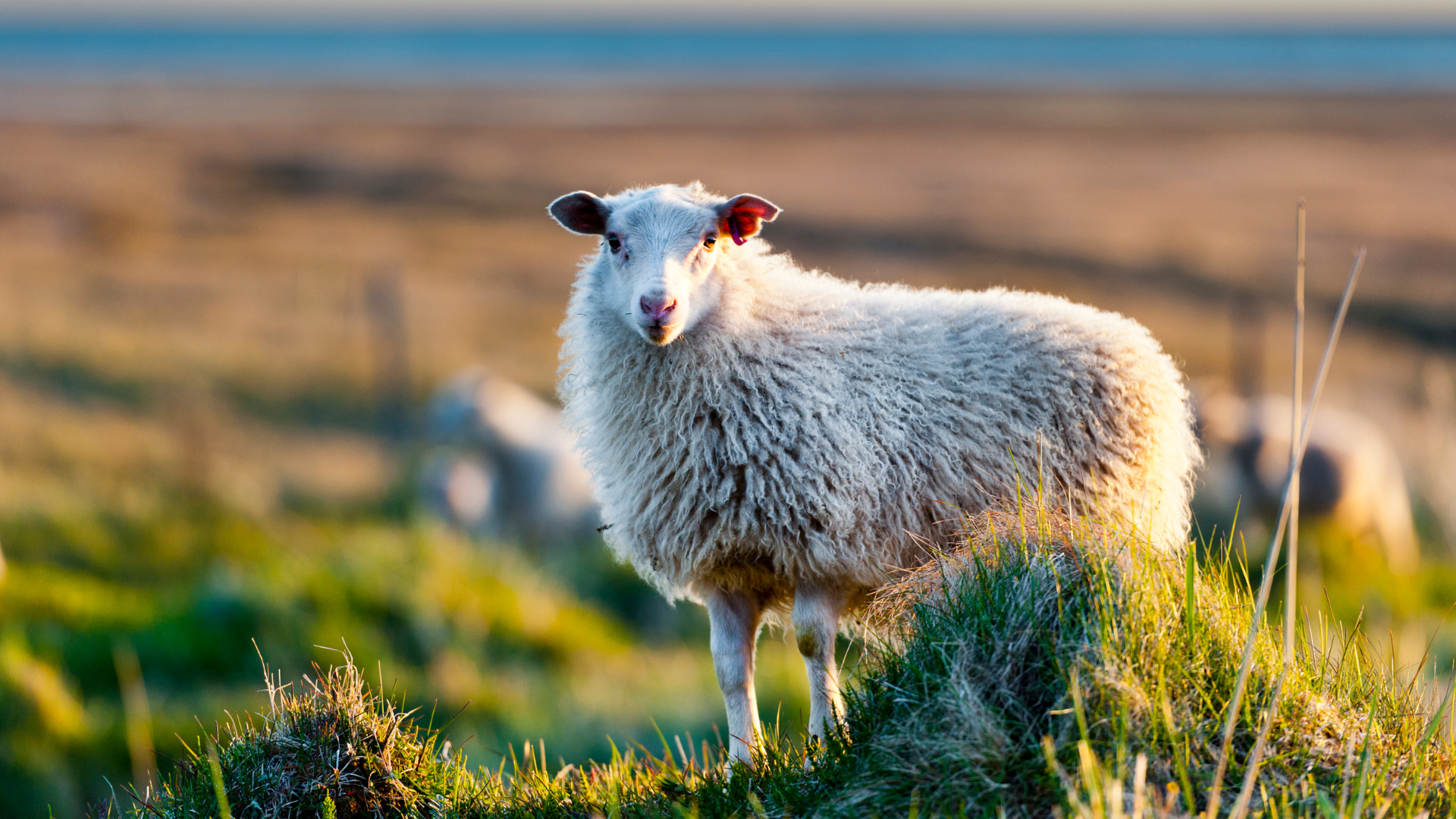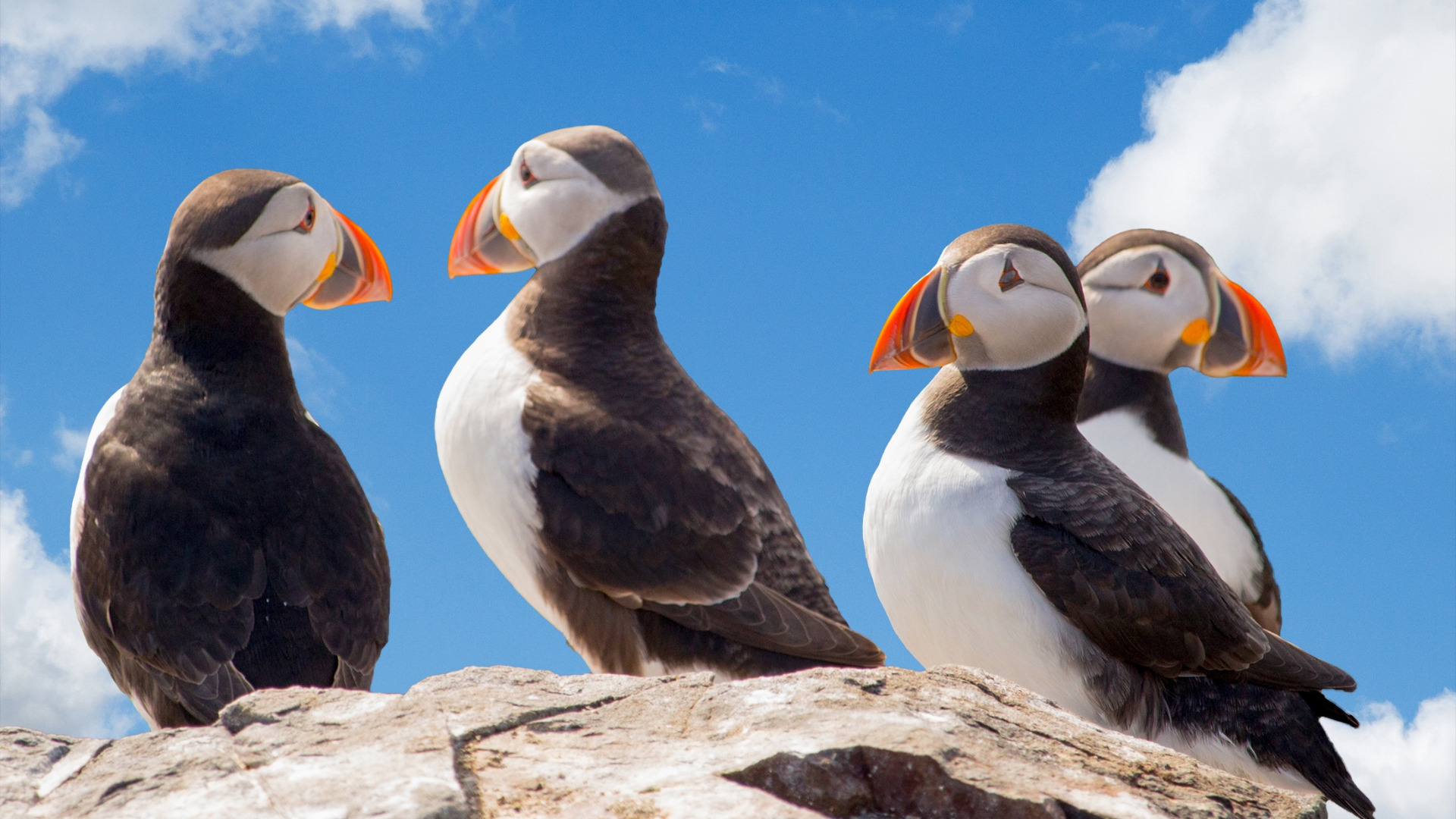Alaska Lupine's Dual Role in Iceland's Reforestation Efforts

Iceland's landscape is often viewed as rugged and barren, but recent efforts to introduce flora such as the Alaska Lupine (Lupinus nootkatensis) have started to change this perception. Introduced in 1945, the Alaska Lupine was brought to Iceland to combat soil erosion and help vegetate barren lands, which are prevalent due to the country's volcanic activity and harsh climate.
The Pioneering Plant
The Alaska Lupine, which now covers approximately 314 square kilometers of Iceland's landscape, thrives in sandy and salty soils, conditions that are abundant in the country. Its ability to fix nitrogen into the soil—about 150 kilograms per hectare annually—enables it to act as a natural fertilizer, enhancing soil fertility without the need for artificial fertilizers. This characteristic is vital in a country where the soil is generally poor and the growing season is remarkably short.
Ecological Impact and Challenges
While the lupine's rapid spread and soil-binding root system have been beneficial in preventing sandstorms and reclaiming land, its dominance has not been without controversy. The plant's robust growth tends to suffocate smaller, native Icelandic plants and has spread into areas where it is not wanted, such as national parks. Efforts are being made to manage its spread, particularly in protected areas, where its presence is seen as an ecological threat rather than a benefit.
Synergy with Forestry Efforts
In regions like Graystone Heath, lupine has shown remarkable synergy with birch, helping in the restoration of birch woodland areas. This partnership between plant species demonstrates the potential for controlled lupine growth to aid in forest recovery and biodiversity support.
The Role of Forestry
Forestry efforts in Iceland have been bolstered by the presence of lupine in several areas. For instance, the Icelandic Forest Service has collaborated with organizations like the Land Life Company to reforest degraded lands. These areas, initially rehabilitated with lupine, are now seeing further ecological restoration through the introduction of tree species, which continue the work started by the lupine in building up fertile soil.
Future Prospects
Despite some ecological concerns, the introduction of Alaska Lupine to Iceland represents a significant step towards environmental sustainability and land restoration. The ongoing forestry projects, supported by both local and international partnerships, aim to increase woodland cover and enhance biodiversity, contributing to the global fight against climate change.
As Iceland continues to develop its forestry practices, the lessons learned from managing the Alaska Lupine's spread will likely inform future environmental and ecological strategies, ensuring a balance between restoration and conservation.
For more details on Iceland's forestry efforts and the role of Alaska Lupine, visit Skógræktin.
You Might Also Want to Check Sleipnir's Glacier Tours
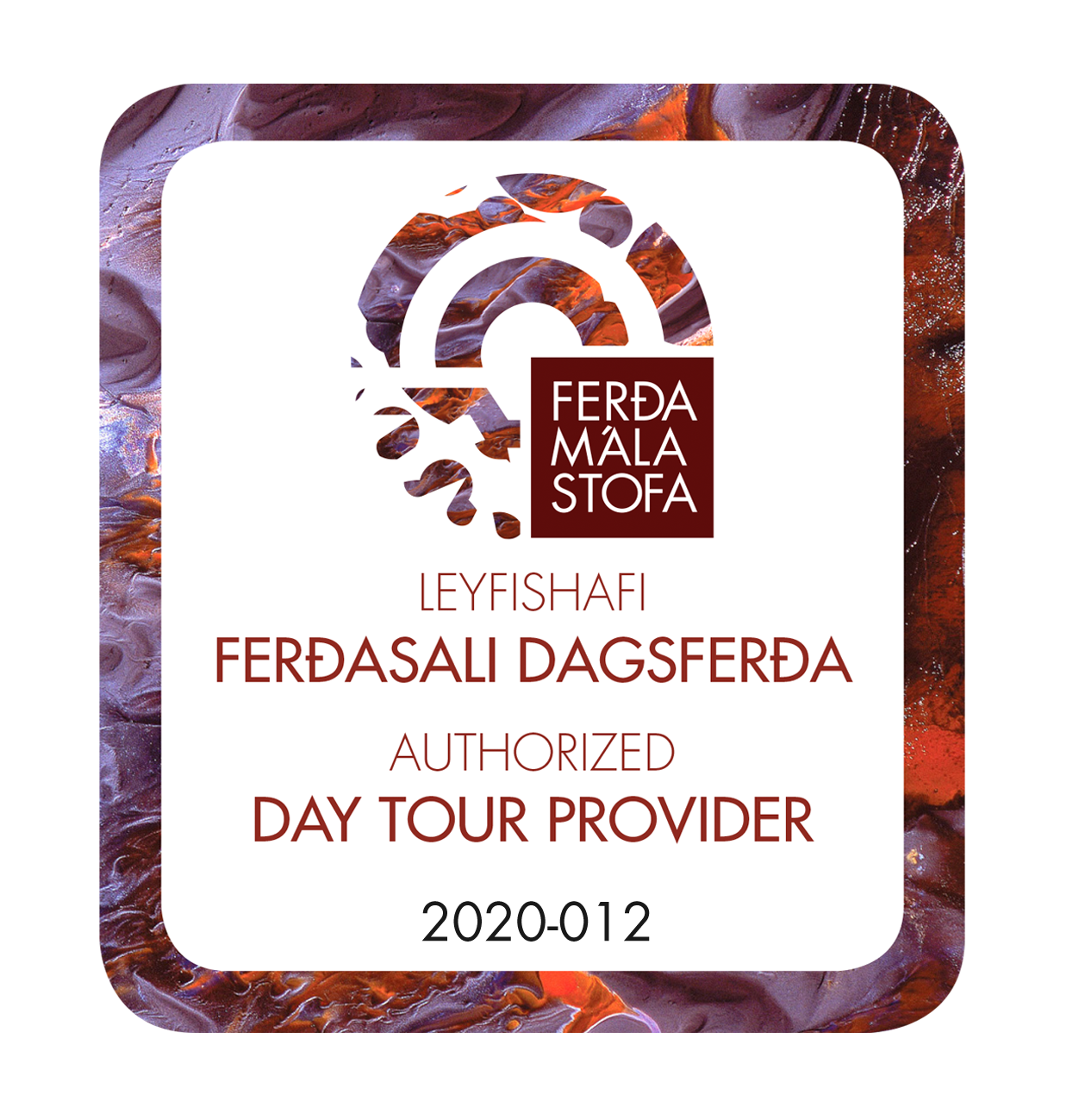

CONTACT SLEIPNIR TEAM
+354 5654647
info@sleipnirtours.is
Office Hours: mon - fri 8:30-16:00
Stálhella 2, 221 Hafnarfjörður
ID: 700896-2779

